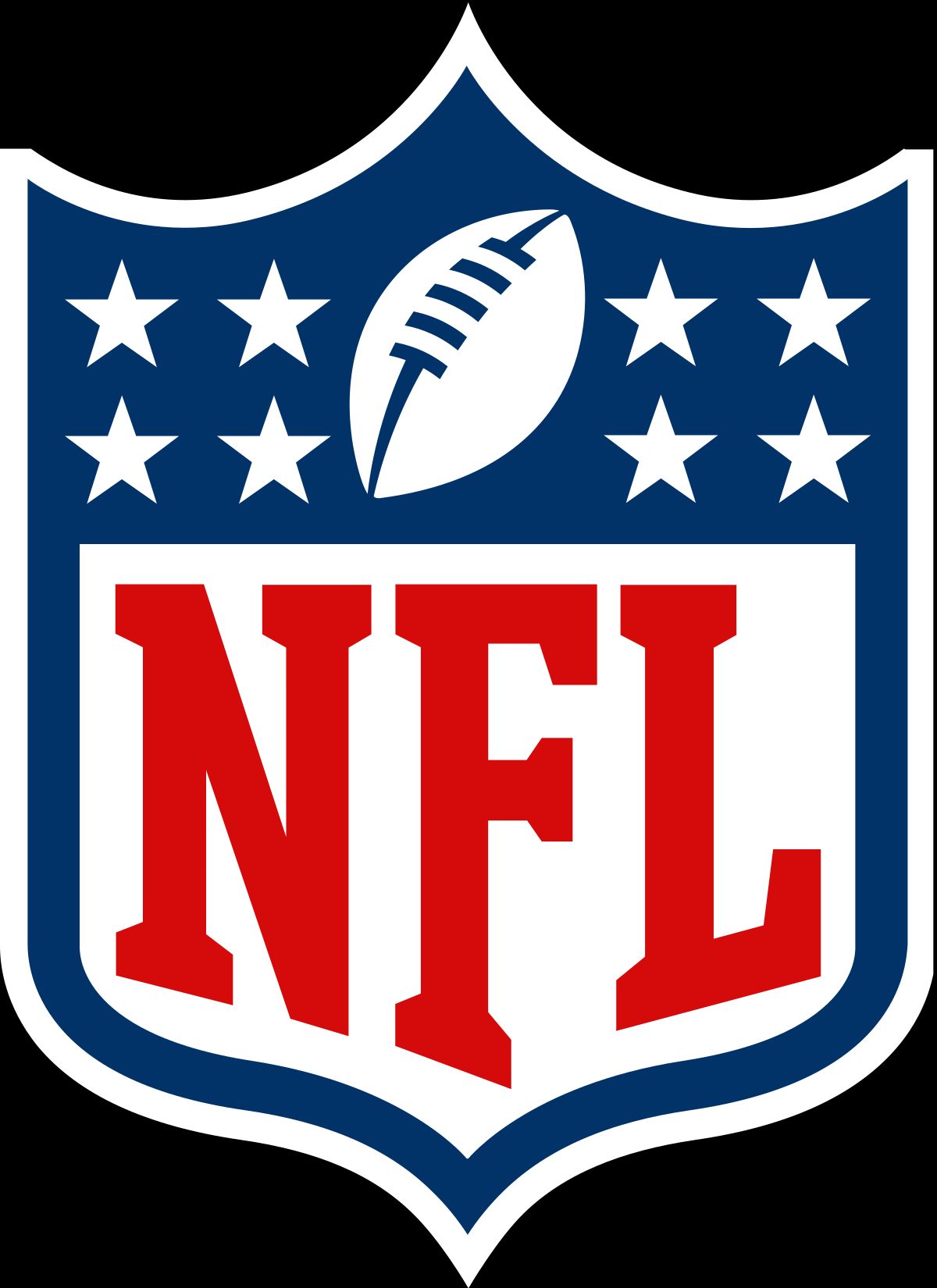
In the cutthroat, high-stakes arena of the National Football League, every decision matters with an intensity that can reshape destinies. A coach’s call, sometimes a split-second impulse under immense pressure, sometimes a strategy meticulously planned, holds the power to elevate a team to legendary status or, conversely, condemn it to an eternity of ‘what ifs.’ These are the moments etched not just in record books, but deeply into the collective memory of an entire fanbase, forever altering the narrative of a franchise. The margin between glory and gut-wrenching defeat in the NFL is infinitesimally small, often resting on the shoulders of one individual’s judgment.
While the triumphs of coaching brilliance are celebrated endlessly, it’s the spectacular failures that truly captivate the morbid curiosity of sports enthusiasts. These aren’t just minor missteps; they are seismic blunders, strategic fumbles, and moments of baffling judgment that have not only shifted championship outcomes but also left an enduring, unfavorable taste in the mouths of fans for generations. From conservative play-calling to mind-bending clock management errors, these decisions highlight the extreme pressures inherent in professional football, repeatedly demonstrating how a single call can turn a game on its head, leading to a cascade of unfortunate results that haunt organizations.
Today, we’re diving deep into the abyss of NFL coaching decisions, sifting through the most consequential and controversial calls that ultimately ruined legacies. This isn’t just a list; it’s a narrative exploration of the choices that defined coaches in the worst possible way, showcasing the profound impact one moment can have on an entire career and the hearts of millions. Prepare for a journey through football’s most painful ‘oops’ moments, starting with the most notorious Super Bowl pass play and moving through other catastrophic game-day blunders that left everyone scratching their heads.
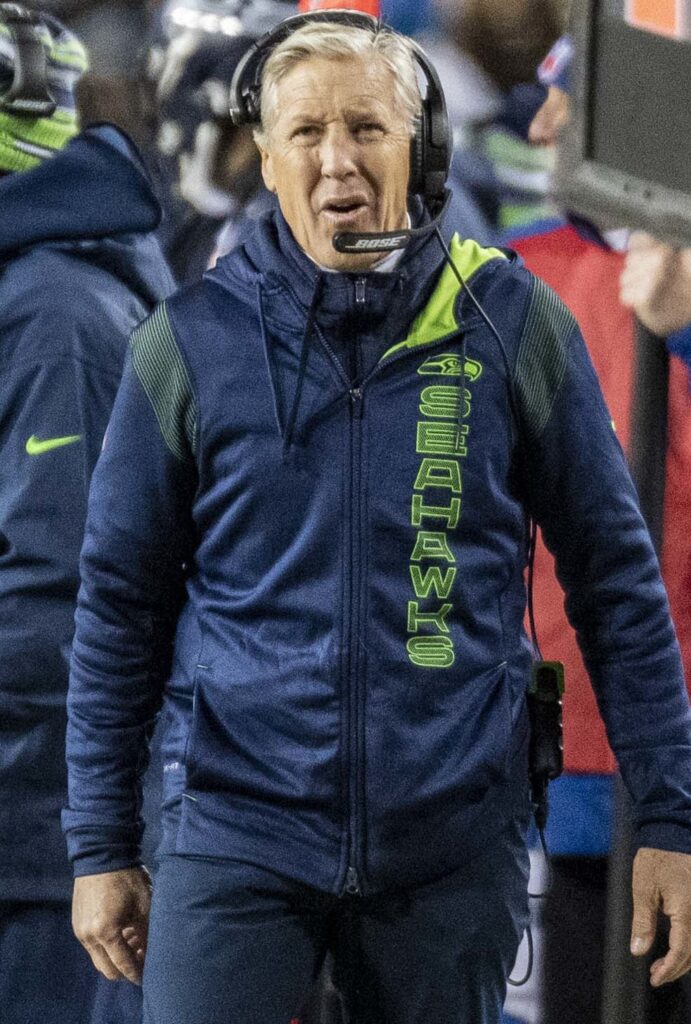
1. **Pete Carroll’s Pass Call in Super Bowl XLIX (2015)**There are few moments in NFL history that evoke such immediate and visceral pain as Pete Carroll’s decision in Super Bowl XLIX. With only 26 seconds remaining, the Seattle Seahawks, trailing the New England Patriots 28-24, found themselves with a 2nd-and-goal situation from the one-yard line. This wasn’t just any goal-line stand; it was a chance for back-to-back Super Bowl titles, a true dynasty in the making for a team known for its dominant defense and ground-and-pound offense.
Seattle had one of the league’s best short-yardage backs at the time, Marshawn Lynch, a man affectionately known as ‘Beast Mode’ for his uncanny ability to break tackles and gain tough yards. Lynch had already rushed for over 100 yards in that very game, a testament to his power and the effectiveness of the Seahawks’ offensive line. Logic, tradition, and the collective roar of a nation screamed for a handoff to Lynch, a near-certain touchdown that would have secured victory.
Instead, Carroll called a pass play. The decision to throw rather than hand off to Lynch, especially given Lynch’s efficiency near the goal line, earns our top spot due to the sheer, crushing consequences. Patriots cornerback Malcolm Butler, a relative unknown, intercepted QB Russell Wilson’s pass, effectively ending the game and any hopes the Seahawks had of winning. It was a moment of absolute disbelief, a choice that instantly became one of the most second-guessed in all of sports history.
Seattle needed just one yard to win the Super Bowl, and they had ‘Beast Mode’ on the roster, primed and ready. It remains a shame that Carroll elected to throw instead, transforming what should have been a triumphant coronation into a permanent scar on his otherwise stellar coaching resume. This singular play solidified a legacy of ‘what could have been,’ forever linking Carroll’s name with one of the most colossal and perplexing blunders on the biggest stage.
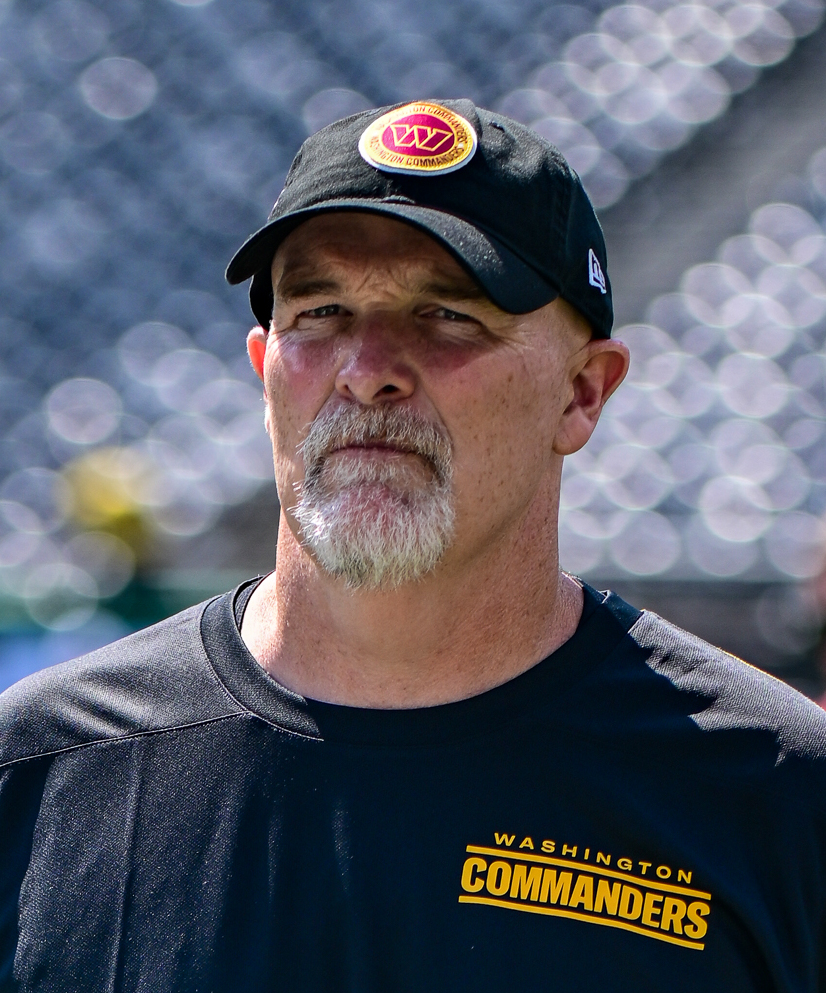
2. **Dan Quinn’s Play Calling in the Super Bowl LI (2017)**Another Super Bowl, another agonizing collapse, this time involving the Atlanta Falcons and their former head coach, Dan Quinn. In 2017, the Falcons faced the New England Patriots in Super Bowl LI, achieving an improbable 28-3 lead. What followed is often cited as one of the most glaring coaching collapses in NFL history, a stark reminder that no lead is truly safe, especially when strategic blunders begin to accumulate.
Still up by eight points with roughly four minutes left in the game, the Falcons made a series of critical errors in play-calling. Instead of adopting a ground-heavy approach to milk the clock and force the Patriots to burn their timeouts, Quinn’s offense repeatedly chose to pass the ball. This strategy proved disastrous; a series of unsuccessful pass plays allowed New England to conserve precious time, regain possession, and mount an unbelievable comeback.
The tactical missteps weren’t limited to offense. In the first half, the Falcons’ defense had effectively pressured Tom Brady, disrupting his rhythm and forcing mistakes. However, as fatigue began to set in during the second half, Quinn failed to make crucial adjustments. The defensive line became less effective, and Brady, given more time and space, began to pick apart the Falcons’ secondary, slowly chipping away at their seemingly insurmountable lead.
Atlanta’s monumental 25-point blown lead left them on the losing end of the biggest comeback in Super Bowl history. This agonizing defeat cemented a painful chapter for the Falcons and for Dan Quinn, a moment many fans and players will never truly get over. It wasn’t just one play, but a series of questionable decisions under pressure that allowed a championship slip through their grasp, forever marring Quinn’s legacy with the specter of that fateful game.
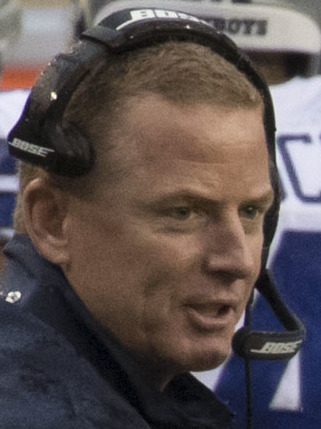
3. **Jason Garrett’s Decision to Ice His Own Kicker (2011)**In the annals of baffling NFL coaching decisions, Jason Garrett’s choice to ‘ice’ his own kicker, Dan Bailey, in 2011 during a game against the Arizona Cardinals stands out as uniquely disastrous. This wasn’t a Super Bowl, but it was a crucial moment in a tied game (13-13) with time expiring in regulation, and the outcome rested on a single kick.
As Bailey stepped up to attempt a 49-yard field goal, poised to win the game for the Dallas Cowboys, Garrett made a head-scratching call. He signaled for a timeout just as Bailey was about to strike the ball. The immediate consequence? Bailey’s first attempt, which sailed through the uprights and would have won the game, was negated. The stadium, momentarily in celebration, suddenly hushed in confusion.
Following the timeout, Bailey missed his re-kick. The ball hooked wide, sending the game into overtime. The strategic blunder then compounded itself, as the Cowboys eventually lost 19-13 on a Cardinals touchdown in the extra period. The irony was palpable: icing a kicker is a common, often effective, strategy employed by the *opposing* coach to disrupt the timing or confidence of the player.
Garrett’s choice to use this tactic against his own player went against every conventional wisdom in football, to say the least. It remains a stark example of a coach, in a moment of extreme pressure, making a decision that was not only counter-intuitive but actively detrimental to his team’s success. This moment became a permanent stain on Garrett’s coaching reputation, a perplexing gaffe that cost the Cowboys a vital victory and cemented itself as one of the most inexplicable calls ever witnessed.
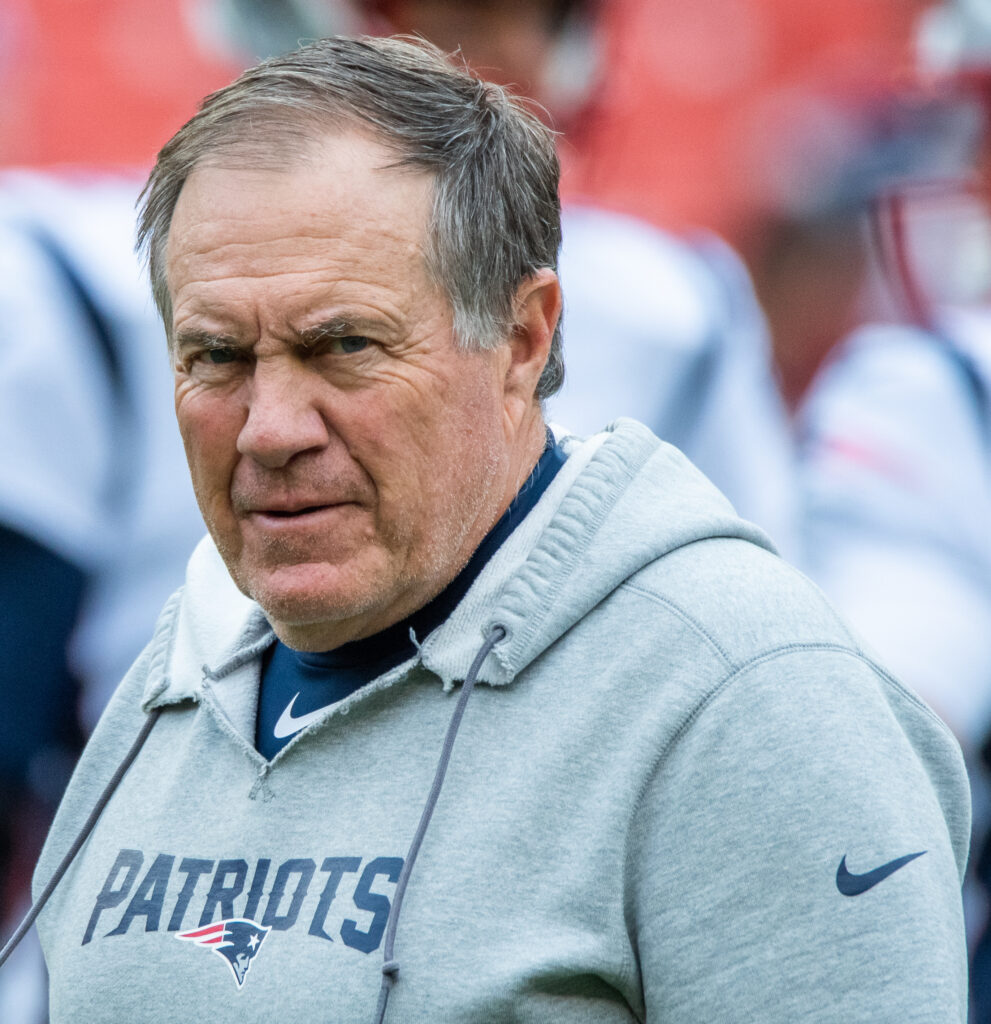
4. **Bill Belichick’s 4th-and-2 Call vs. Colts (2009)**Even the greatest minds in NFL history are not immune to critical errors, and Bill Belichick, widely regarded as one of the best coaches ever, proved this point in a memorable game against the rival Indianapolis Colts in 2009. The scenario was tense: just over two minutes remained in the game, the Patriots were leading by six points, and they faced a 4th-and-2 from their own 28-yard line. Most coaches would punt, trusting their defense to hold the lead.
Belichick, known for his unconventional and often brilliant strategic decisions, opted to go for it on 4th down. The Patriots failed to convert. This aggressive, high-risk play call, deep in their own territory and with such little time remaining, remains a big-time head-scratcher for many, even some of Belichick’s former players who publicly questioned the move. It was a moment of audacious confidence that backfired spectacularly.
Belichick’s decision left a powerful Colts offense, led by Hall of Fame quarterback Peyton Manning, with excellent field position and ample time to capitalize. Manning, ever the opportunist, did exactly that. He hit receiver Reggie Wayne for the go-ahead touchdown pass with just 13 seconds left on the clock, leading Indy to a thrilling 35-34 victory that stunned the football world and sent a ripple of disbelief through the Patriots’ fanbase.
NFL analytics often demonstrate that going for it on 4th down is more favorable when on the opponent’s side of the field but becomes significantly riskier when deep in one’s own half, especially within 30 yards of the end zone. Belichick, despite his unparalleled tactical genius, learned that lesson the hard way in a moment that stands as a rare, but significant, blemish on his otherwise legendary coaching career. It was a gamble that not only failed but directly handed the game to a formidable opponent.
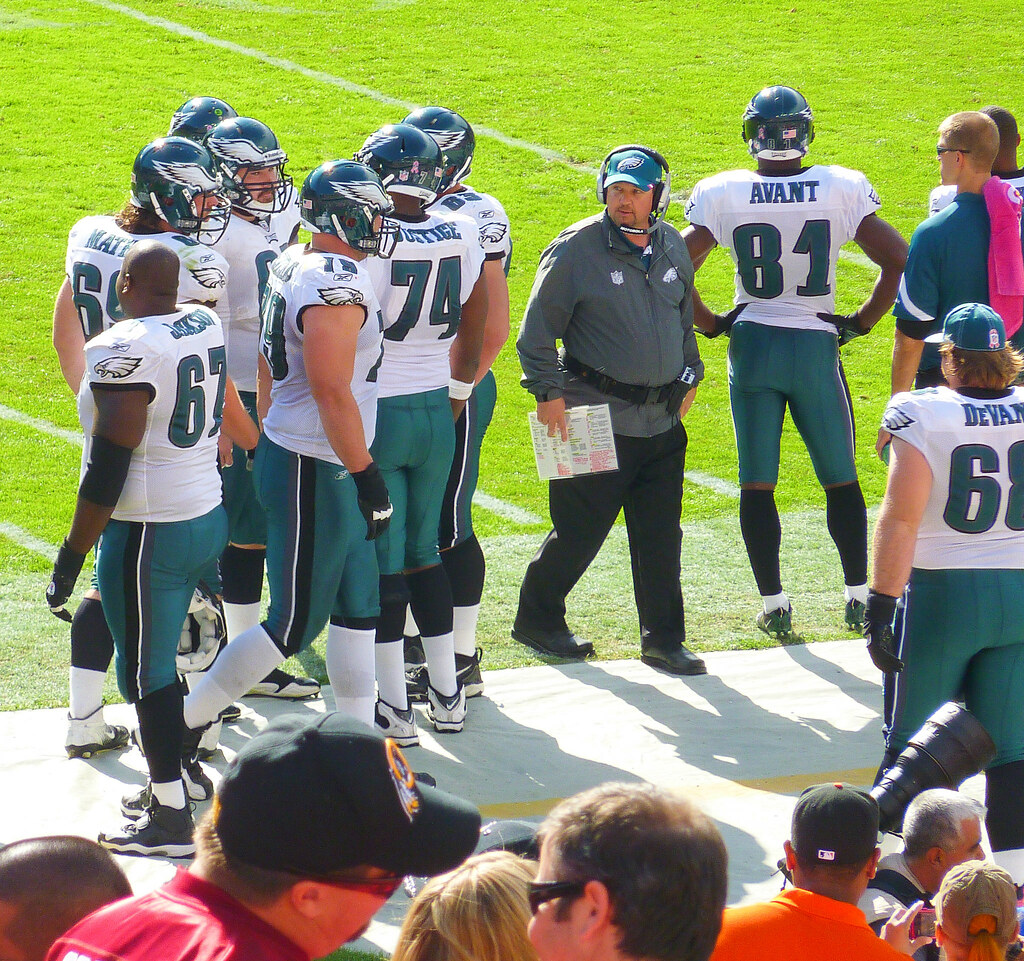
5. **Marty Mornhinweg’s Decision to Kick in Overtime vs. the Bears (2002)**When we talk about coaching decisions that defy all logic, Marty Mornhinweg’s choice in a 2002 overtime game against the Chicago Bears makes our list for one of the most head-scratching moves ever witnessed. The Detroit Lions, under Mornhinweg, found themselves in sudden death overtime, meaning the first team to score would win the game. The critical moment arrived when the Lions won the coin toss, granting them the initial choice of possession.
Conventional wisdom, especially in sudden death, dictates that you receive the ball. You want the first opportunity to score, to end the game swiftly and decisively. Yet, Mornhinweg, in a move that baffled everyone watching, chose to kick the ball away. He effectively handed the Bears the first possession and, by extension, a clear path to win the game, leaving analysts and fans utterly dumbfounded by the inexplicable strategic blunder.
The decision immediately backfired, with devastating and predictable consequences. The Bears, presented with this unexpected gift, took the ball, marched down the field with relative ease, and won the game with a field goal on their very first possession. Lions fans, already accustomed to their team’s struggles, were left with their mouths agape and their hearts crushed by the sheer absurdity of the situation. It was a self-inflicted wound of epic proportions.
That loss dropped the Lions to a dismal 3-8, further worsening an already poor season. Mornhinweg’s call wasn’t just a mistake; it was an act of tactical surrender, a moment where a coach seemingly forgot the fundamental principles of football. It stands as a stark, embarrassing example of how a single, bizarre decision can undermine a team’s efforts and leave a lasting legacy of profound bewilderment, forever associated with one of the NFL’s most baffling coaching gaffes.
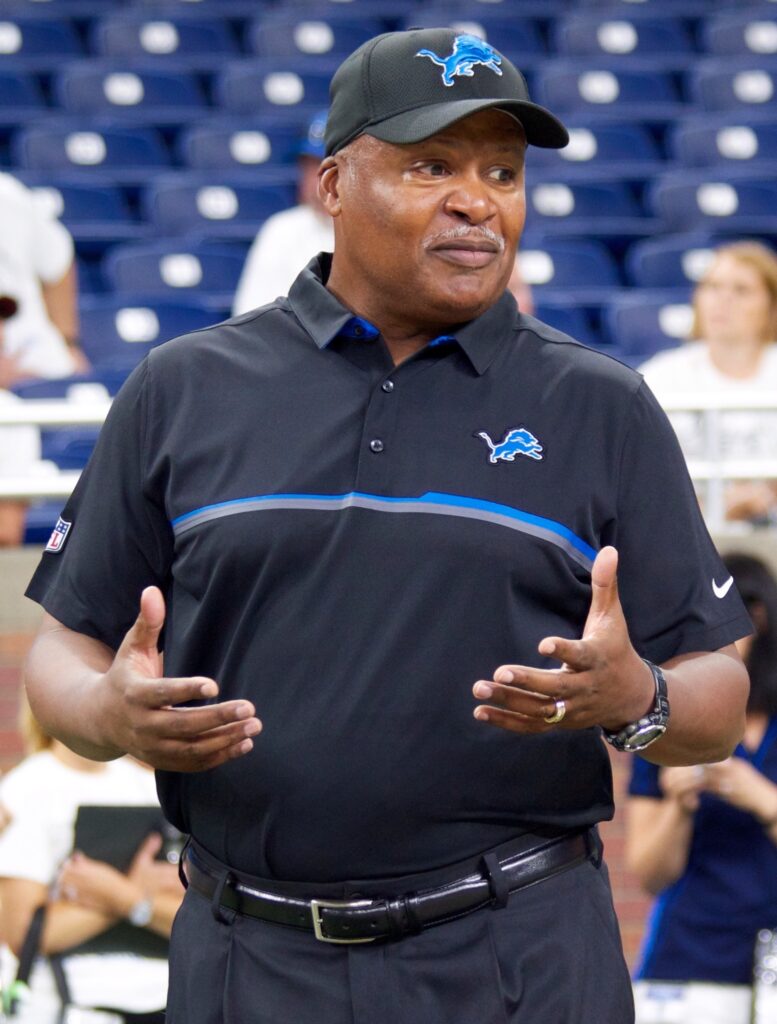
6. **Jim Caldwell’s Decision to Rest Starters (2009)**The 2009 Indianapolis Colts were on the precipice of history, boasting a pristine 14-0 record heading into their Week 16 game against the New York Jets. They were chasing the dream of becoming only the second team in NFL history, after the 1972 Miami Dolphins, to complete a perfect season. With quarterback Peyton Manning leading the charge, their momentum seemed unstoppable, their place in the record books almost assured.
However, former head coach Jim Caldwell made a decision that would prove to have rippling, unforeseen consequences. In the third quarter of that Week 16 game, with the Colts holding a lead, Caldwell inexplicably benched key starters, including the incomparable Peyton Manning. The rationale was reportedly to rest players for the upcoming playoffs, prioritizing health over the pursuit of an undefeated season.
The Jets, faced with a sudden advantage against a depleted Colts squad, capitalized on the opportunity. They roared back, snatched the victory, and effectively ended the Colts’ undefeated run. This pivotal decision cost the Colts a shot at becoming just the second team in NFL history to achieve a perfect season, a historical distinction that would have cemented their place among the all-time greats.
While the Colts did reach the Super Bowl under Caldwell that year, ultimately losing to the Saints, critics argued fiercely that his fateful decision to rest starters disrupted the team’s hard-earned momentum. Many believed it possibly impacted their mental and physical readiness for the high-stakes playoff games. The pursuit of an unparalleled perfect season was sacrificed for a questionable strategic gamble, leaving a permanent question mark over Caldwell’s legacy and a collective sigh of ‘what if’ for Colts fans who saw history within their grasp.” , “_words_section1”: “1945
While the first half of our countdown focused on singular, gut-wrenching game-day decisions, the landscape of coaching blunders extends far beyond a single moment. Sometimes, it’s a pattern of questionable judgment, a deep-seated strategic flaw, or even a personnel gamble so audacious it mortgages an entire franchise’s future. These are the coaching decisions that reveal a deeper, more systemic issue, casting a long shadow over otherwise respectable careers and leaving fans to ponder what might have been under different leadership. The weight of these choices often transcends a single loss, permeating seasons, impacting player development, and fundamentally altering the trajectory of NFL teams for years to come.
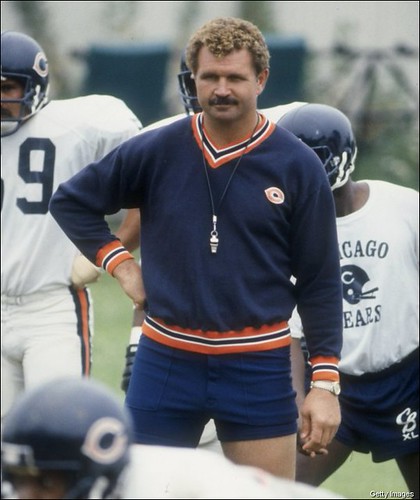
7. **Mike Ditka Trading an Entire Draft for Ricky Williams (1999)**In the annals of audacious, high-risk NFL coaching decisions, few stand out with the same level of sheer, breathtaking gamble as Mike Ditka’s move in 1999. Then the head coach of the New Orleans Saints, Ditka made a call that sent shockwaves through the league and left analysts and fans alike utterly dumbfounded. He traded every single one of the Saints’ 1999 draft picks – an entire year’s worth of potential talent acquisition – just to select running back Ricky Williams. It was a move that showcased an almost reckless belief in one player, mortgaging the team’s entire future on a single talent.
This wasn’t merely a bold strategic play; it was, as many viewed it, a glaring case study in NFL risk management failures. Ditka effectively placed the weight of an entire franchise’s future squarely on Ricky Williams’ shoulders. While Williams was a highly touted prospect, the inherent fragility of a single player’s career, combined with the loss of all other draft capital, meant the Saints’ roster flexibility was severely crippled. The ability to address multiple team needs, to build depth, and to organically grow through the draft was simply gone.
The immediate and long-term consequences were stark. The move severely depleted the Saints’ draft resources, limiting their opportunities to strengthen the team for seasons to come. Ultimately, this colossal gamble failed to yield a consistently competitive team during Ditka’s tenure, despite Williams’ individual talent. It remains a powerful example of how an extreme, singular focus on one player, no matter how promising, can undermine the fundamental principles of team building and leave a lasting, detrimental mark on a franchise’s capabilities and its coach’s legacy.
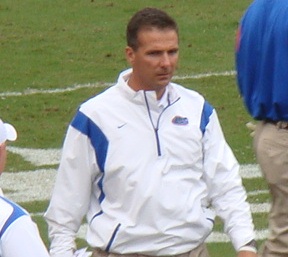
8. **Urban Meyer’s Brief Jaguars Tenure (2021)**The saga of Urban Meyer’s brief and tumultuous stint with the Jacksonville Jaguars in 2021 is a masterclass in how an entire coaching tenure can be considered a monumental blunder, a comprehensive failure that touched every aspect of the organization. From the moment he arrived, Meyer’s time in the NFL was plagued by a relentless stream of controversial decisions and questionable conduct that ultimately defined his legacy in the worst possible way. It was a tenure characterized by chaos, poor management, and a stark disconnect from the professional football environment.
Among the litany of issues, Meyer was widely criticized for skipping team flights, a practice virtually unheard of for an NFL head coach, signaling a lack of commitment and respect for his team. His disciplinary issues, reported clashes with players and staff, and an overall inability to adapt his college-style leadership to the NFL quickly unraveled any credibility he might have had. The team’s on-field performance was equally dismal, struggling profoundly under his guidance, culminating in a dismal 2-11 record before he was mercifully axed before completing even a full season.
The impact was particularly devastating for quarterback Trevor Lawrence, the highly anticipated first overall pick of the 2021 draft. Lawrence, expected to be the franchise savior, struggled significantly in his rookie season, throwing 12 touchdowns against a league-high 17 interceptions. This was largely attributed to the absence of an effective offensive system and the woeful lack of guidance from a coach who seemed more concerned with internal strife than fostering his young quarterback’s development. Meyer’s overall tenure remains a stark warning, ranking among the NFL’s worst coaching stints and leaving an indelible stain on his reputation, a testament to how institutional failures can ruin not just a coach, but a promising young quarterback’s crucial formative year.
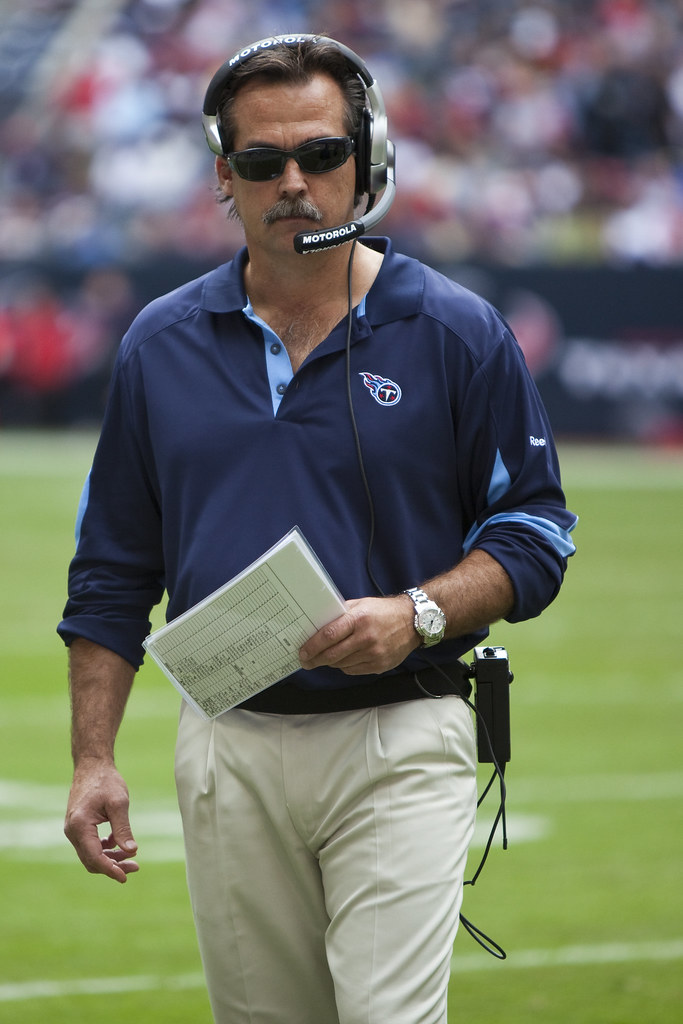
9. **Jeff Fisher’s Penchant for Playing Injured QBs**Few coaches embody the perils of mishandling player health and development quite like Jeff Fisher, whose long career was marred by a troubling pattern of questionable decisions surrounding his injured quarterbacks. This wasn’t a single play call, but a repeated strategic error that highlighted a deeper organizational philosophy that prioritized short-term gains over long-term player well-being and team success. His approach to quarterback injuries often exacerbated situations, limiting effectiveness and ultimately souring relationships.
A prime example is Fisher’s handling of Steve McNair, the Titans’ revered quarterback from 1995 to 2005. In 2004, McNair endured a sternum injury, a significant ailment that would typically warrant a period of rest and recovery. Yet, under Fisher, McNair continued to play, pushing through immense pain. This decision, while perhaps lauded for grit in the moment, only exacerbated his condition, severely limiting his on-field effectiveness and potentially shortening his prime. It was a sacrifice that arguably yielded diminishing returns while putting a franchise cornerstone at unnecessary risk.
Another pivotal instance came with Vince Young, drafted by the Titans in 2006. Young, despite showing flashes of immense promise early in his career, battled both injuries and inconsistencies. Fisher’s methods did little to help, often creating friction rather than fostering growth. Following a thumb injury in 2010, Young’s frustrations boiled over into a public confrontation with Fisher, leading to Young’s benching and eventual departure from the team. This became a painful trend: Fisher’s repeated inability to effectively manage and develop promising young franchise quarterbacks became a defining, unfortunate characteristic of his coaching career, leaving a legacy overshadowed by missed potential and fractured relationships.
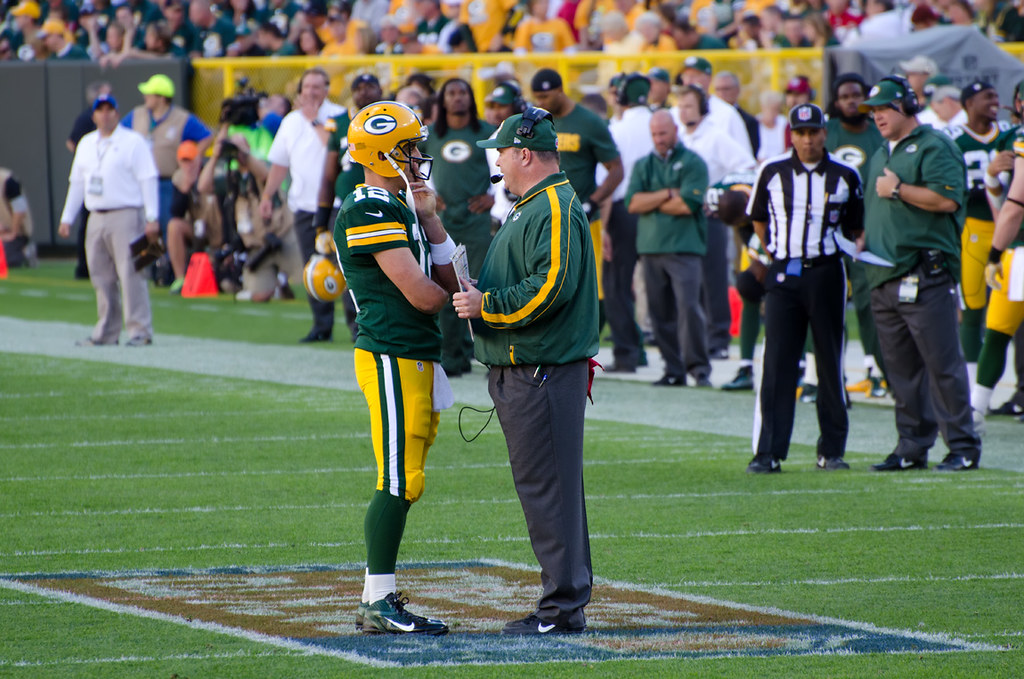
10. **Mike McCarthy Wastes Prime Aaron Rodgers (2014-2018)**When a coach has one of the most uniquely talented quarterbacks in NFL history at his disposal, the expectation is simple: championships. Yet, for years in Green Bay, the narrative around Mike McCarthy and Aaron Rodgers was one of tantalizing potential perpetually unfulfilled. This wasn’t a single game’s misstep, but a prolonged period where McCarthy’s conservative play-calling and often baffling clock management repeatedly stifled a high-octane offense, leaving Packers fans with an enduring sense of what could have been during Rodgers’ prime years.
The most infamous moment came in the 2014 NFC Championship meltdown against the Seattle Seahawks, a game the Packers had seemingly in hand. Instead of unleashing Rodgers and trusting his offense, McCarthy’s conservative approach allowed Seattle to mount an improbable comeback, snatching a Super Bowl berth from Green Bay’s grasp. This game became a microcosm of his tenure: a team with elite talent, often undone by hesitant decision-making in critical moments, failing to capitalize on the generational talent under center.
Beyond that singular gut-punch, McCarthy’s offense often grew stale in later years, failing to evolve with the league or fully leverage Rodgers’ incredible ability to improvise and extend plays. While a Super Bowl XXXV title is certainly a highlight, the consistent underperformance relative to the talent on hand, particularly with Rodgers at the helm, remains a significant blot on McCarthy’s legacy. It’s a tragic tale for Green Bay fans, who watched a transcendent quarterback lead a team that always seemed one coaching decision away from truly maximizing its potential, leaving a bitter taste of unreached glory.
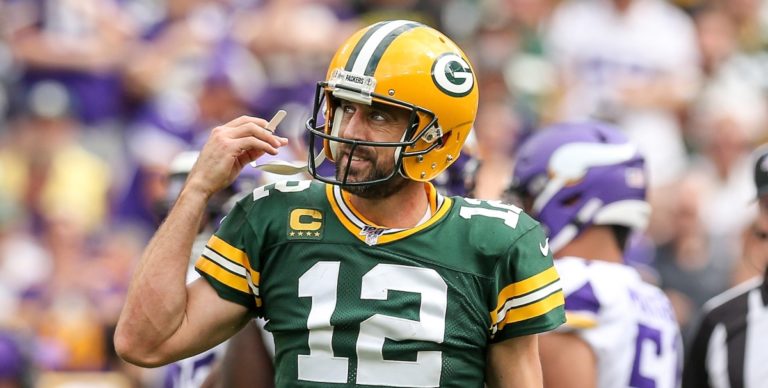
11. **Matt LaFleur’s Field Goal Fiasco (2020 NFC Championship)**The NFC Championship Game is the gateway to immortality, a stage where bold decisions are often rewarded and timidity can lead to lasting regret. In the 2020 season, Green Bay Packers head coach Matt LaFleur faced just such a moment with a trip to the Super Bowl on the line against Tom Brady and the Tampa Bay Buccaneers. With his team trailing and facing a crucial 4th-and-goal, LaFleur made a decision that instantly became the subject of intense scrutiny and fan outrage, a moment etched into the Packers’ collective memory as a devastating ‘what if.’
Instead of allowing his generational talent, Aaron Rodgers, to go for it on fourth down from the 8-yard line – a situation where Rodgers’ magic could easily create a game-changing touchdown – LaFleur opted for the conservative play: a field goal. The decision, intended to cut the deficit to five points, implicitly conceded the potential for a touchdown and handed the ball back to Brady, one of the greatest clutch quarterbacks in NFL history, with time still ticking away. It was a choice that prioritized a minimal gain over a maximal risk, a move many saw as a profound lack of faith in his superstar quarterback.
Unsurprisingly, Tom Brady and the Buccaneers capitalized on the momentum shift and the extra possession, closing out the game and securing their path to the Super Bowl. Packers fans, accustomed to Super Bowl appearances with Rodgers, were left to facepalm in collective disbelief. LaFleur’s field goal fiasco didn’t just cost them that game; it reinforced a perception of conservative play-calling in the biggest moments, adding another layer to the painful narrative of missed opportunities during the Rodgers era. This single, highly questioned decision cast a long shadow over LaFleur’s otherwise successful regular seasons, making it a critical entry in the ledger of coaching blunders.
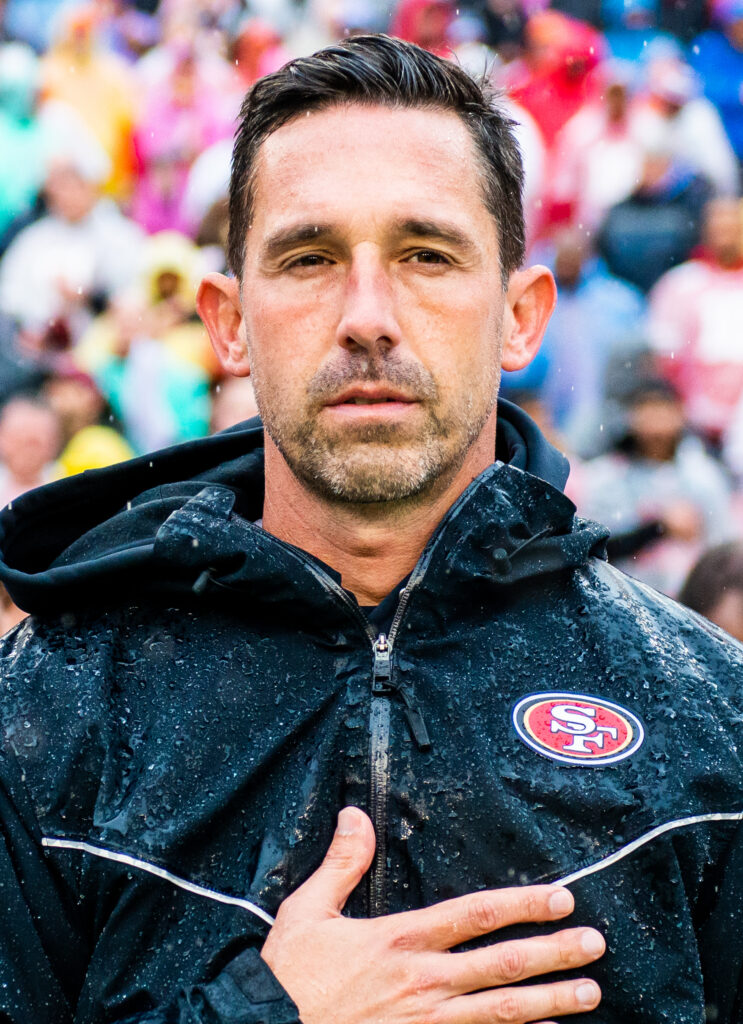
12. **Kyle Shanahan Forgets How to Run the Ball (Super Bowl LI & LIV)**Kyle Shanahan, undeniably one of the most innovative offensive minds in football, has unfortunately become synonymous with the most painful and high-profile Super Bowl collapses in recent memory. His legacy is uniquely marked by an uncanny ability to lose seemingly insurmountable leads on the grandest stage, not once, but twice. This pattern of strategic missteps, particularly a baffling abandonment of the run game, has tarnished his reputation and left two fan bases utterly devastated.
The first instance occurred during Super Bowl LI, when Shanahan was the offensive coordinator for the Atlanta Falcons. The Falcons held a commanding 28-3 lead over the New England Patriots in the third quarter, a lead that felt insurmountable. Yet, in a shocking turn of events, the Falcons’ offense, with Shanahan at the helm of play-calling, inexplicably moved away from its effective run game, opting for pass plays that led to sacks, turnovers, and precious time off the clock. This tactical shift allowed the Patriots to mount the biggest comeback in Super Bowl history, an agonizing defeat that still haunts Atlanta.
Years later, as head coach of the San Francisco 49ers in Super Bowl LIV against the Kansas City Chiefs, history repeated itself with a chilling resemblance. The 49ers held a 10-point lead in the fourth quarter, once again seemingly on the cusp of victory. And once again, Shanahan’s play-calling became overly reliant on the pass, abandoning a successful ground attack that could have milked the clock and maintained possession. The Chiefs, led by Patrick Mahomes, stormed back to win, leaving Shanahan with another devastating Super Bowl loss and reaffirming a pattern of tactical misjudgment in the most crucial moments. The repeated failure to ‘remember that running the ball is a thing that exists’ in Super Bowl-winning situations has undeniably defined a significant, and painful, aspect of Shanahan’s coaching legacy.
The tapestry of NFL coaching careers is woven with threads of triumph and despair, strategic brilliance and bewildering blunders. These moments, whether they are split-second game-day decisions or protracted periods of strategic misfire, serve as stark reminders of the immense pressure and responsibility shouldered by those who lead professional football teams. Each of these coaches, despite their successes, now carries the indelible mark of these decisions, forever linked to the games they lost, the legacies they altered, and the hearts of fans they broke. As the game continues to evolve, the lessons from these ‘what if’ moments remain paramount, echoing through stadiums and locker rooms, serving as cautionary tales for every aspiring coach hoping to etch their name in the annals of NFL greatness – hopefully, for all the right reasons.” , “_words_section2”: “1948



